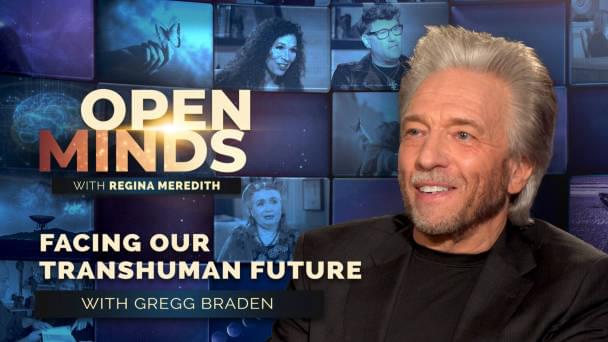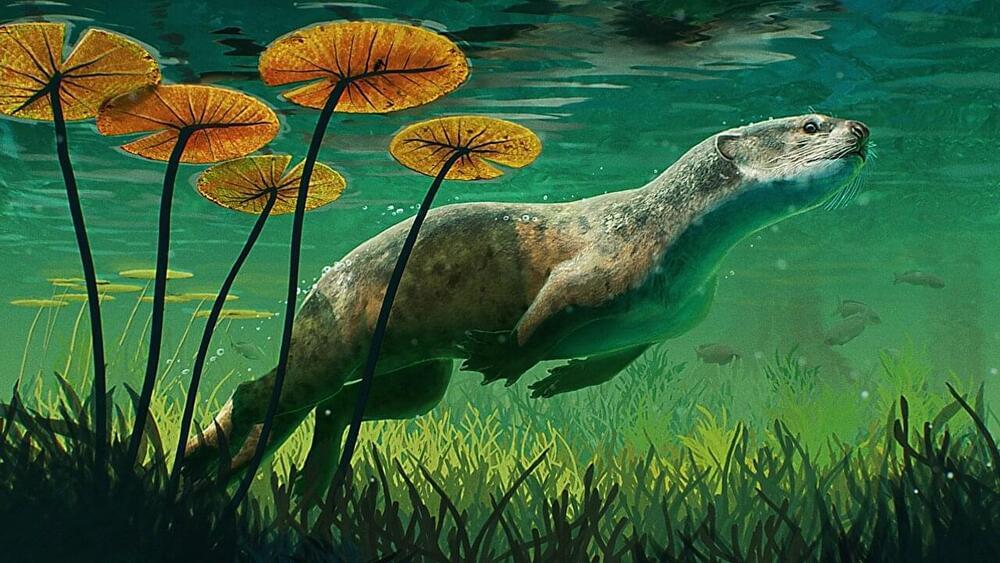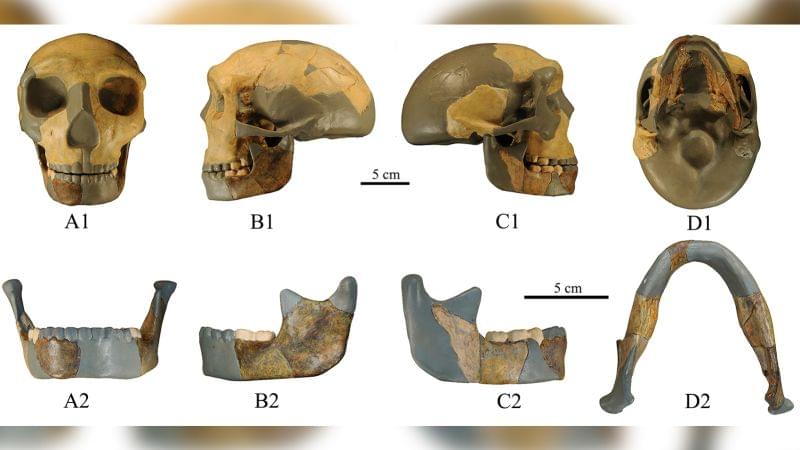Archive for the ‘evolution’ category: Page 43
Aug 23, 2023
Before the Big Bang 11: Did the Universe Create itself? The PTC model
Posted by Dan Breeden in categories: cosmology, evolution, quantum physics, time travel
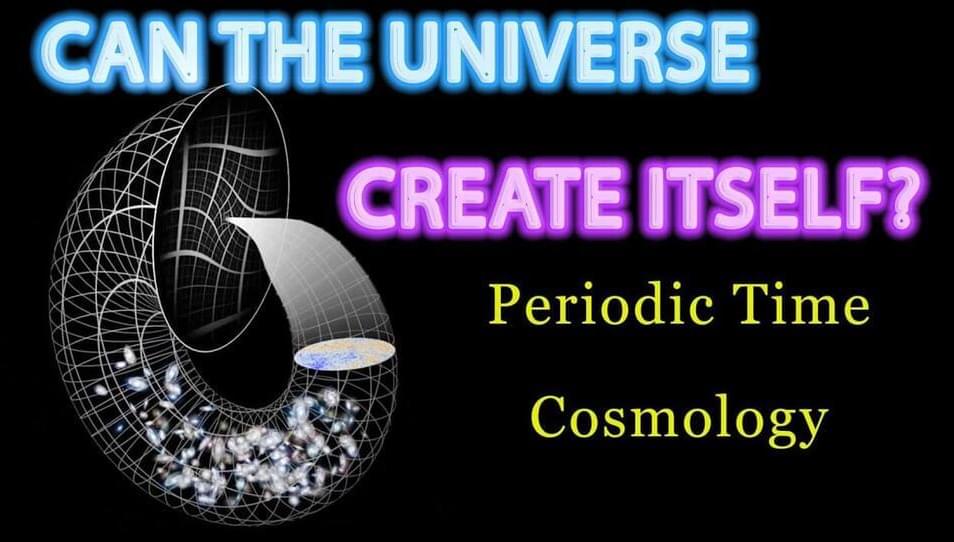
What happened before the Big Bang? In two of our previous films we examined cyclic cosmologies and time travel universe models. Specially, the Gott and Li Model https://www.youtube.com/watch?v=79LciHWV4Qs) and Penrose’s Conformal Cyclic Cosmology https://www.youtube.com/watch?v=FVDJJVoTx7s). Recently Beth Gould and Niayesh Afshordi of the Perimeter Institute for Theoretical Physics have fused these two models together to create a startling new vision of the universe. In this film they explain their new proposal, known as Periodic Time Cosmology.
0:00 Introduction.
0:45 NIayesh’s story.
1:15 Beth’s story.
2:25 relativity.
3:26 Gott & Li model.
6:23 origins of the PTC model.
8:17 PTC periodic time cosmology.
10:55 Penrose cyclic model.
13:01 Sir Roger Penrose.
14:19 CCC and PTC
15:45 conformal rescaling and the CMB
17:28 assumptions.
18:41 why a time loop?
20:11 empirical test.
23:96 predcitions.
26:19 inflation vs PTC
30:22 gravitational waves.
31:40 cycles and the 2nd law.
32:54 paradoxes.
34:08 causality.
35:17 immortality in a cyclic universe.
38:02 eternal return.
39:21 quantum gravity.
39:57 conclusion.
Continue reading “Before the Big Bang 11: Did the Universe Create itself? The PTC model” »
Aug 23, 2023
Earth Over The Next Billion Years
Posted by Dan Breeden in categories: evolution, media & arts, space
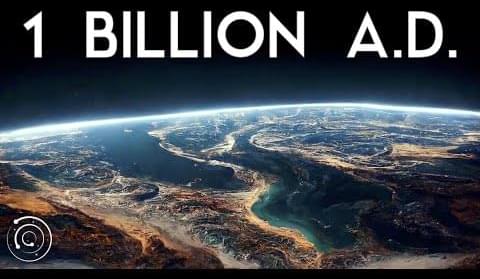
Our lifespans might feel like a long time by human standards, but to the Earth it’s the blink of an eye. Even the entirety of human history represents a tiny slither of the vast chronology for our planet. We often think about geological time when looking back into the past, but today we look ahead. What might happen on our planet in the next billion years?
Written and presented by Prof David Kipping, edited by Jorge Casas.
Aug 23, 2023
Facing Our Transhuman Future
Posted by Kelvin Dafiaghor in categories: biological, evolution, singularity, transhumanism
Does our increasing dependency on technology diminish our human potential? In this episode, visionary scientist Gregg Braden discusses the current transhuman movement – the merging of technology and human biology, often referred to as the singularity. He describes three levels of tech integration where the final level replaces our natural biology. In a time of rapid evolution, reflection and discernment are key. Braden highlights what we can do to release the conditioning of a technology-dependent society and how to follow the natural rhythms within ourselves.
Aug 22, 2023
The beauty of collective intelligence, explained by a developmental biologist | Michael Levin
Posted by Dan Breeden in categories: biotech/medical, evolution, neuroscience
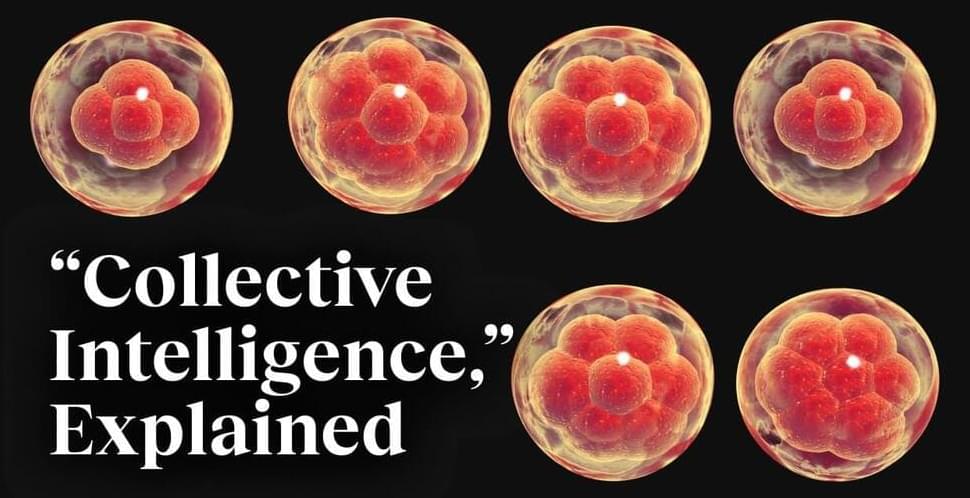
The strange science experiment that blew a worm’s head off… and blew our minds.
This interview is an episode from @The-Well, our publication about ideas that inspire a life well-lived, created with the @JohnTempletonFoundation.
Aug 19, 2023
23-million-year-old Otter-Like Seal May Have Used Whiskers to Forage
Posted by Genevieve Klien in categories: evolution, food, neuroscience
An ancient relative of modern seals—known as Potamotherium valletoni—that had an otter-like appearance and lived over 23 million years ago likely used its whiskers to forage for food and explore underwater environments, according to a new study in Communications Biology. The findings provide further insight into how ancient seals transitioned from life on land to life underwater.
Although modern seals live in marine environments and use their whiskers to locate food by sensing vibrations in the water, ancient seal relatives mostly lived on land or in freshwater environments. Some species used their forelimbs to explore their surroundings. Prior to this study, it was unclear when seals and their relatives began using their whiskers to forage.
Alexandra van der Geer and colleagues investigated the evolution of whisker-foraging behaviors in seals by comparing the brain structures of Potamotherium with those of six extinct and 31 living meat-eating mammals, including mustelids, bears, and seal relatives. Brain structures were inferred from casts taken from the inside of skulls.
Aug 17, 2023
Can Cells Think? The Magic of Developmental Biology
Posted by Dan Breeden in categories: biological, cosmology, evolution, neuroscience

The John Templeton Foundation recently invited biologist Michael Levin to speak to a small group about the presence of agency and cognition in the most fundamental forms of life, even at the levels of cells and tissues. In the recorded video, Dr. Levin, who directs a developmental biology lab at Tufts University, discusses with Philip Ball, a science writer and author of the newly published Book of Minds: How to Understand Ourselves and Other Beings.
Founded in 1987, the John Templeton Foundation supports research and dialogue on the deepest and most perplexing questions facing humankind. The Foundation funds work on subjects ranging from black holes and evolution to creativity, forgiveness, and free will. It also encourages civil, informed dialogue among scientists, philosophers, theologians, and the public at large.
Continue reading “Can Cells Think? The Magic of Developmental Biology” »
Aug 15, 2023
Electron transport chains as a window into the earliest stages of evolution
Posted by Dan Breeden in categories: biological, chemistry, evolution, genetics
The origin and early evolution of life is generally studied under two different paradigms: bottom up and top down. Prebiotic chemistry and early Earth geochemistry allow researchers to explore possible origin of life scenarios. But for these “bottom–up” approaches, even successful experiments only amount to a proof of principle. On the other hand, “top–down” research on early evolutionary history is able to provide a historical account about ancient organisms, but is unable to investigate stages that occurred during and just after the origin of life. Here, we consider ancient electron transport chains (ETCs) as a potential bridge between early evolutionary history and a protocellular stage that preceded it. Current phylogenetic evidence suggests that ancestors of several extant ETC components were present at least as late as the last universal common ancestor of life. In addition, recent experiments have shown that some aspects of modern ETCs can be replicated by minerals, protocells, or organic cofactors in the absence of biological proteins. Here, we discuss the diversity of ETCs and other forms of chemiosmotic energy conservation, describe current work on the early evolution of membrane bioenergetics, and advocate for several lines of research to enhance this understanding by pairing top–down and bottom–up approaches.
Aug 12, 2023
Study identifies characteristics specific to human brains
Posted by Dan Breeden in categories: biotech/medical, evolution, genetics, neuroscience
Researchers led by a team at UT Southwestern Medical Center have identified cellular and molecular features of the brain that set modern humans apart from their closest primate relatives and ancient human ancestors. The findings, published in Nature, offer new insights into human brain evolution.
“Most evolutionary studies on the human brain have focused on neurons because this cell type was thought to be responsible for our intelligence and enhanced cognitive abilities. This study gives us a renewed appreciation for other cells involved in brain function and the role they have played both in advancing cognition and our susceptibility to a number of cognitive diseases,” said study leader Genevieve Konopka, Ph.D., Professor of Neuroscience and a member of the Peter O’Donnell Jr. Brain Institute at UT Southwestern.
Since ancient times, people have been curious about what gives humans abilities that other animals don’t have, such as speech and language, Dr. Konopka explained. A range of previous studies have sought to answer this question by examining brain anatomy or performing genetic or molecular studies on whole brains or sections, experiments that provide a view of thousands of cells at a time.
Aug 10, 2023
300,000-year-old skull found in China unlike any early human seen before
Posted by Arthur Brown in category: evolution
An ancient skull dating back 300,000 years is unlike any other premodern human fossil ever found, potentially pointing to a new branch in the human family tree, according to new research.
An international team of researchers from China, Spain and the United Kingdom unearthed the skull — specifically the mandible, or lower jaw — in the Hualongdong region of eastern China in 2015, along with 15 other specimens, all thought to originate from the late Middle Pleistocene period.
Scientists believe the late Middle Pleistocene, which started around 300,000 years ago, was a pivotal period for the evolution of hominins — species that are regarded as human or closely related — including modern humans.

